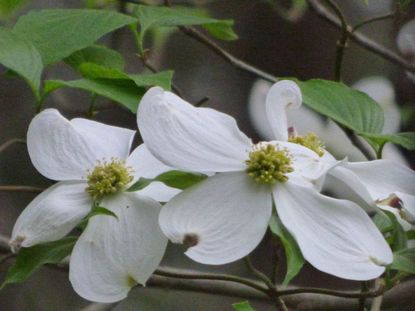Learn About Plant Bracts: What Is A Bract On A Plant


Plants are simple, right? If it’s green it’s a leaf, and if it’s not green it’s a flower… right? Not really. There’s another part of the plant, somewhere between a leaf and a flower, which you don’t hear too much about. It’s called a bract, and while you may not know the name, you’ve definitely seen it. Keep reading to learn more about plant bracts.
What are Flower Bracts?
What is a bract on a plant? The simple answer is that it’s the part that’s found above the leaves but below the flower. What does it look like? The answer to that question is a little tougher. Plants are unbelievably diverse, and that diversity comes from evolution. Flowers evolve to attract pollinators, and they go to some pretty incredible lengths to do it, including growing bracts that look nothing like their neighbors. To get a basic idea about plant bracts, though, it’s best to think about their most basic form: a couple of small, green, leaf-like things just below the flower. When the flower is budding, the bracts are folded up around it to protect it. (Don’t confuse bracts with the sepal, though! That’s the green part directly underneath the flower. The bracts are one layer lower).
Common Plants with Bracts
Many plants with bracts don’t look like this, however. There are plants with bracts that have evolved to attract pollinators. Maybe the best-known example is the poinsettia. Those big, red “petals” are actually bracts that have gained a bright color meant to draw pollinators into the tiny flowers in the center. Dogwood blossoms are similar-- their delicate pink and white parts are really bracts. Plants with bracts can also use them for protection as hoods like with jack-in-the-pulpit and skunk cabbage, or spiny cages in stinking passionflower and love-in-the-mist. So, if you see a part of a flower that doesn’t look quite like a petal, chances are good that it’s a bract.
Gardening tips, videos, info and more delivered right to your inbox!
Sign up for the Gardening Know How newsletter today and receive a free download of our most popular eBook "How to Grow Delicious Tomatoes."

The only child of a horticulturist and an English teacher, Liz Baessler was destined to become a gardening editor. She has been with Gardening Know how since 2015, and a Senior Editor since 2020. She holds a BA in English from Brandeis University and an MA in English from the University of Geneva, Switzerland. After years of gardening in containers and community garden plots, she finally has a backyard of her own, which she is systematically filling with vegetables and flowers.